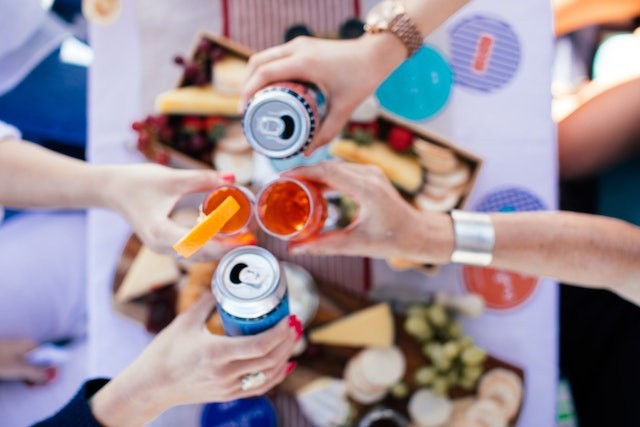
Teenagers are allowed to drink in Canada. Yes, one doesn't have to wait until 21 to consume alcohol in the Land of Maple!
Legal Drinking Age in Canada
In general, the legal drinking age in Canada ranges from 18 to 19 years old. However, the drinking age in the country varies according to the province or territory.
For instance, the legal drinking age in Alberta, Manitoba, and Quebec is 18. Meanwhile, the drinking age is 19 in the remaining provinces and territories.
In Canada, it is against the law for anybody under the legal drinking age to purchase, possess, or consume alcohol. However, the drinking age may be waived in several provinces and territories for specific reasons.
For instance, 16 and 17-year-olds in Ontario are permitted to drink beer and wine provided they do it in the company of their parents or legal guardians and only for religious reasons.
In addition, as long as it is bought and drank by a person of legal age, Albertans aged 16 and over are permitted to drink beer and wine in restaurants with meals.
In Nunavut, people over the age of 16 are permitted to purchase and consume beer and wine in legally permitted places, provided that they do so in conjunction with a meal and a responsible adult at least 21 years old.
In a nutshell, each province in Canada has a different drinking age. In most of Canada, adults 18 and older can buy and consume alcohol.
Some provinces let minors under the legal drinking age imbibe alcohol, while others outright prohibit it.
Before consuming alcohol, it's crucial to learn the provincial regulations because underage drinking might have serious repercussions.
Centers for Disease Control and Prevention (CDC) recommends 21 as the minimum legal drinking age. The government agency stressed that the said age saves lives and protects health.
ALSO READ : 'BeerBots' Can Speed Up Fermentation, Cut Out Filter Processes To Produce Tasty Brew Faster
Underage Drinking: Why Teens Should Consume Alcohol?
In the United States, alcohol is the substance that young people use the most frequently. According to the 2019 Youth Risk Behavior Survey, among high school students who had consumed alcohol in the previous 30 days, 29% had engaged in binge drinking, 14% had done so frequently, 5% had driven after drinking, and 17% had ridden with a driver who did.
Six out of every ten deaths in the United States of children and young adults between the ages of 5 and 25 are related to motor vehicle crashes, overdoses, and suicide. Alcohol abuse is one of the causes of these fatalities.
Youth who engage in underage drinking are also likely to experience social, legal, and physical problems. Alcohol consumption is also linked to unwanted, unplanned, and unprotected sex, sexual violence, increased risk of suicide and homicide, memory problems, substance misuse, and alcohol poisoning. Brain development may change with life-long effects.
State alcohol policy contexts influence both excessive adult drinking and underage drinking. Underage drinking can be reduced through all-encompassing techniques incorporating efficient population-level policy strategies.
The Community Preventive Services Task Force suggests several efficient measures to prevent excessive drinking, including raising alcohol taxes, enforcing rules against commercial host responsibility, regulating alcohol establishments, and regulating laws against the sale of alcohol to minors.
RELATED ARTICLE : Blame It On Beer! Alcoholic Chemicals Breaking Down in the Brain Causes Drunken Behavior
Check out more news and information on Beer in Science Times.










